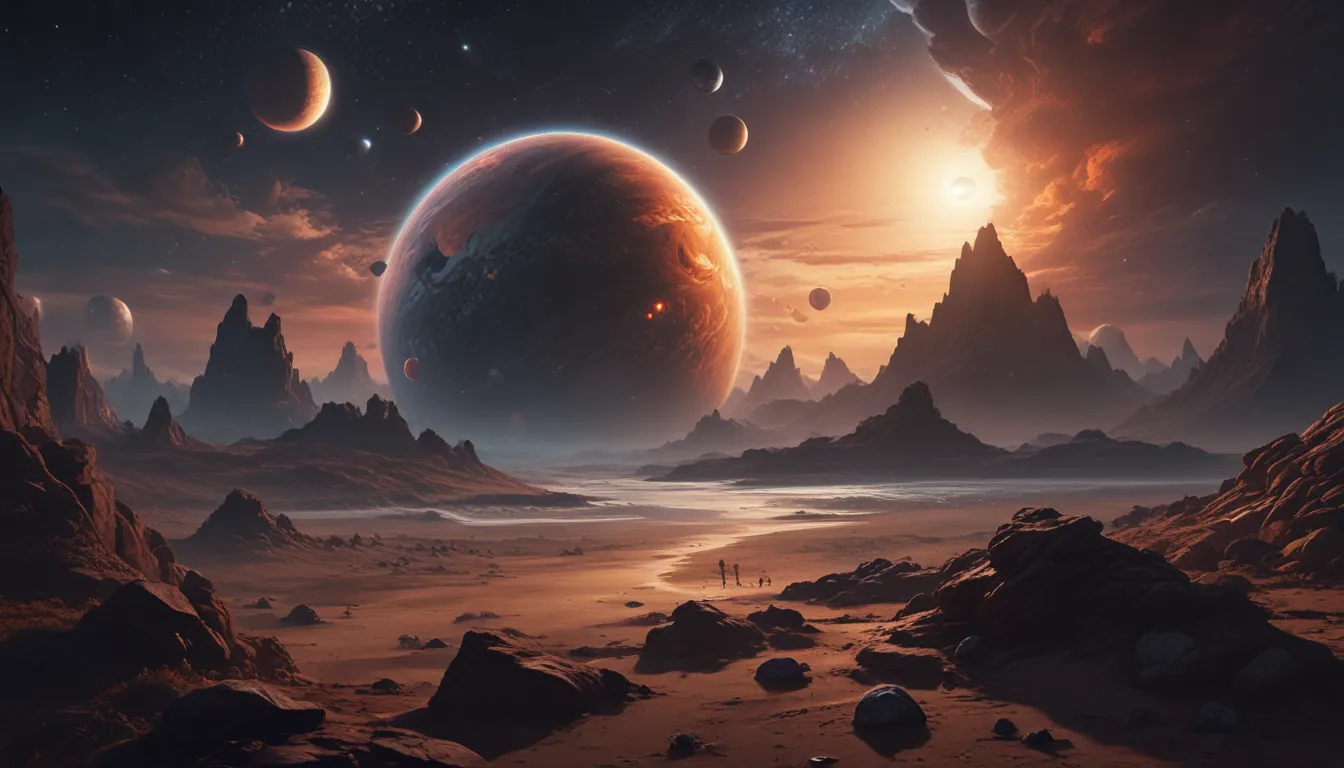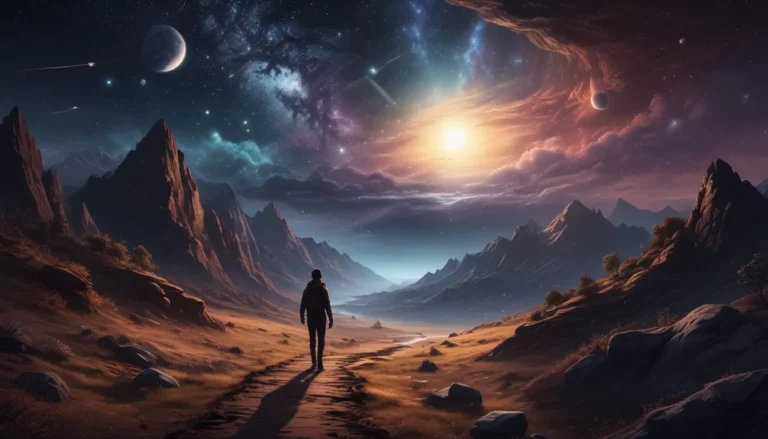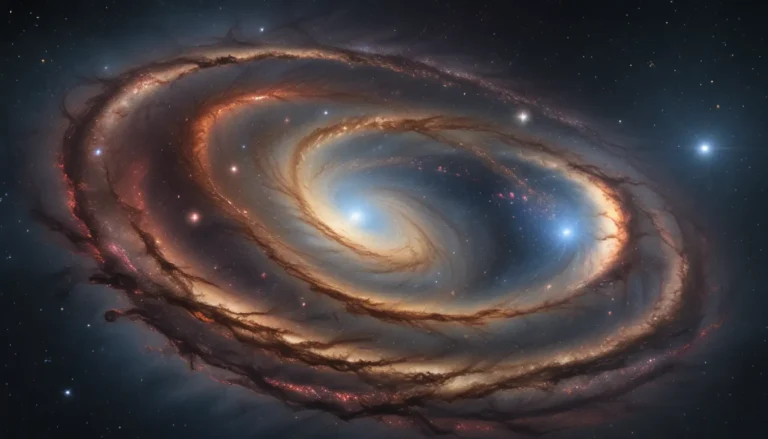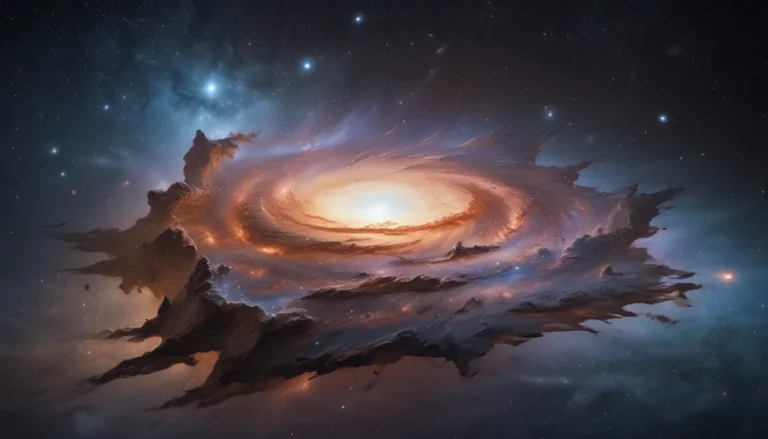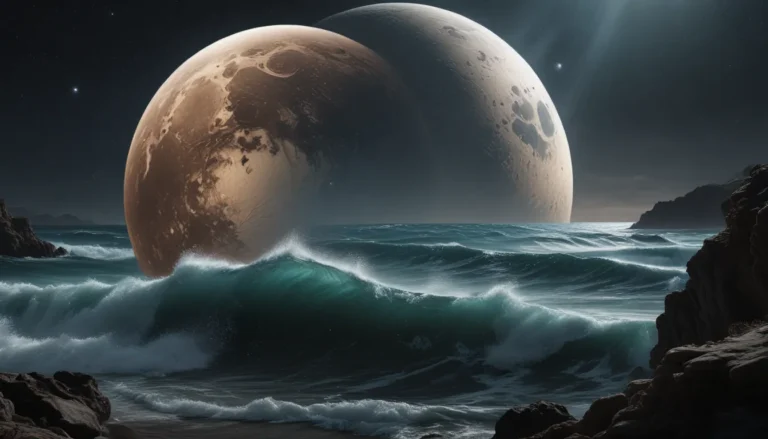The pictures we use in our articles might not show exactly what the words say. We choose these pictures to make you interested in reading more. The pictures work together with the words but don’t take their place. The words still tell you the important facts.
Are you ready to embark on a journey through the cosmos and uncover some mind-blowing facts about planets? From the scorching hot surfaces of Mercury to the icy realms of Neptune, our solar system is a treasure trove of celestial wonders that continue to astonish even the most seasoned astronomers.
In this article, we will delve into the depths of our universe and explore nine fascinating facts about planets that will leave you in awe of the vastness and complexity of our cosmic neighborhood. Each planet has its own unique story, making the solar system an incredible place to explore. So fasten your seatbelts, because we are about to take off on an interstellar adventure!
Discovering the Secrets of Planets
- Jupiter, the largest planet, and Venus, the hottest, are just a few of the incredible celestial bodies in our solar system. Each planet has its own unique features that make them fascinating to study.
- Earth is the only planet known to support life, while Pluto was reclassified as a dwarf planet, sparking debates among astronomers.
- From the stunning rings of Saturn to the towering volcano on Mars, each planet offers a glimpse into the diverse and mesmerizing world of our solar system.
Exploring the Planets
Jupiter: The King of Planets
Jupiter, often referred to as the “king of the planets,” is over 11 times the diameter of Earth. Its massive size and distinctive red spot make it a fascinating subject of study for scientists.
Venus: The Scorching Hot Planet
With an average surface temperature of around 900 degrees Fahrenheit, Venus is a scorching hot planet. Its thick atmosphere traps heat, creating a greenhouse effect that keeps the planet exceptionally hot.
Saturn: The Ringed Wonder
Saturn boasts the most extensive ring system in the solar system, made up of thousands of individual ringlets composed of ice particles, rocks, and dust. These rings have fascinated astronomers for centuries.
Mars: The Red Planet of Volcanoes and Canyons
Mars is home to Olympus Mons, the tallest volcano in the solar system, and Valles Marineris, the deepest canyon stretching over 2,500 miles long.
Mercury: The Closest Planet to the Sun
Mercury orbits the sun at a close distance, leading to scorching temperatures during the day and drastic drops at night.
Uranus: The Tilted Planet
Uranus is unique in its 98-degree tilt, giving it a distinct appearance and extreme seasonal variations.
Neptune: The Blue Giant
Neptune’s striking blue color is a result of methane gas in its atmosphere, reflecting blue light and absorbing red light.
Earth: The Only Planet with Life
Earth's unique blend of atmosphere, water, and moderate temperatures make it the only known planet capable of supporting a vast array of life forms.
Pluto: The Dwarf Planet
Once considered the ninth planet, Pluto was reclassified as a dwarf planet in 2006, reshaping our understanding of the solar system.
Unraveling the Mysteries of the Planets
In conclusion, the universe is a vast and captivating place, filled with incredible planetary bodies that never cease to amaze us. Each planet, from Jupiter to Mars, holds its own unique secrets and wonders waiting to be explored. As we continue to advance in the field of astronomy, new technologies and missions will allow us to delve even deeper into the mysteries of the cosmos.
FAQs: Exploring More About Planets
- How many planets are there in our solar system? There are a total of eight planets in our solar system.
- Are there other planets similar to Earth? While no confirmed Earth-like planets have been found, exoplanets with potential Earth-like conditions have been discovered.
- Which planet has the most moons? Jupiter holds the record for having the most moons in our solar system.
- How long is a year on Mars? A year on Mars, known as a Martian year, is approximately 687 Earth days.
- What is the largest planet in our solar system? Jupiter is the largest planet in our solar system, more than 11 times the diameter of Earth.
- Are there any planets that could support human life? Mars is the closest planet to Earth in terms of habitability, with potential for human colonization in the future.
- Which planet has the harshest conditions? Venus takes the title with extreme temperatures and a thick carbon dioxide atmosphere.
- Can planets collide with each other? While rare, planetary collisions can occur, theorized to have created our Moon.
- Are there planets outside our solar system? Yes, thousands of exoplanets have been discovered beyond our solar system.
As we continue to explore the wonders of our solar system, let's keep our curiosity alive and our eyes to the skies, ready to unravel even more mysteries surrounding the planets. Dive into the adventure of space exploration and marvel at the beauty and complexity of our cosmic neighborhood.
